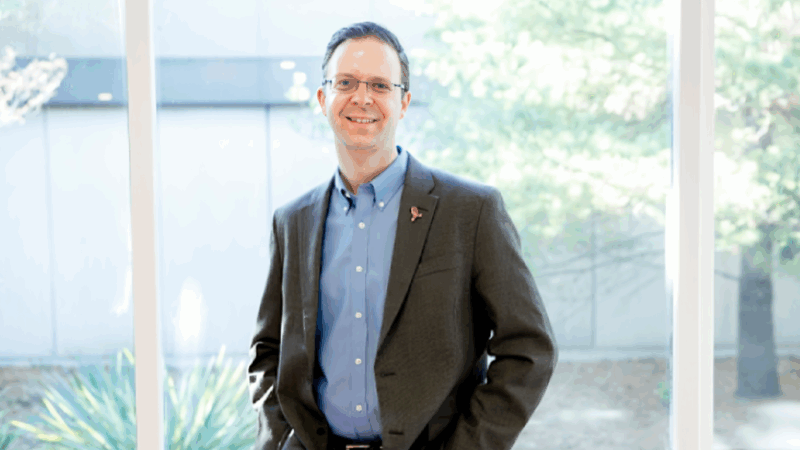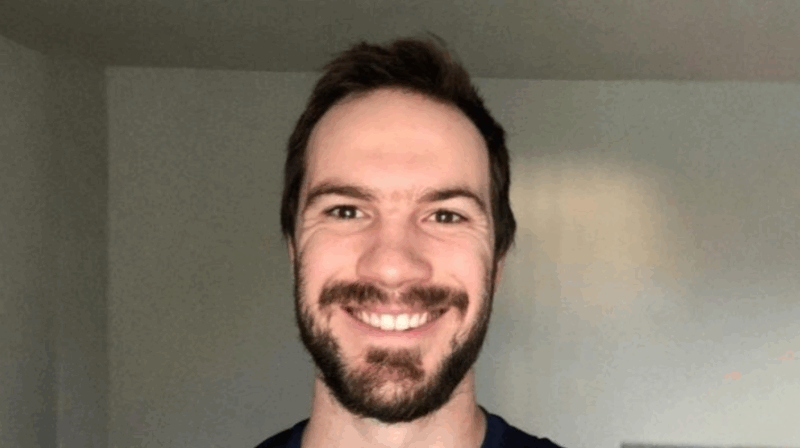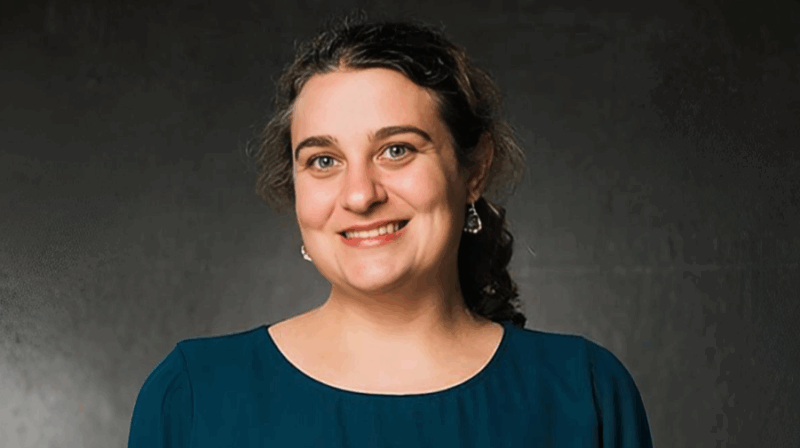Researchers at the University of Maryland School of Medicine Invent Software Fueled by Genomics into Mathematical Models to Predict Cancer Cell Behavior
In the same vein as weather forecast models that predict developing storms, researchers now have developed a method to predict the cell activity in tissues over time. The new software combines genomics technologies with computational modeling to predict cell changes in behavior, such as communication between cells that could cause cancer cells to flourish.
Researchers at the University of Maryland School of Medicine’s (UMSOM) Institute for Genome Sciences (IGS) co-led the study that published online on July 25 in the journal Cell. It is the result of a multi-year, multi-lab project at the interface of software development with important collaborations between bench and clinical team science researchers. This research eventually could lead to computer programs that could help determine the best treatment for cancer patients by essentially creating a “digital twin” of the patient.
“Although standard biomedical research has made immeasurable strides in characterizing cellular ecosystems with genomics technologies, the result is still a single snapshot in time – rather than showing how diseases, like cancer, can arise from communication between the cells.
Cancer is controlled or enabled by the immune system, which is highly individualized; this complexity makes it difficult to make predictions from human cancer data to a specific patient,” said Jeanette Johnson, PhD, a Postdoc Fellow at the Institute for Genome Sciences (IGS) at UMSOM and co-first author of this study.

What makes this research unique is the use of a plain-language “hypothesis grammar” that uses common language as a bridge between biological systems and computational models and simulates how cells act in tissue.
Paul Macklin, PhD, Professor of Intelligence Systems Engineering at Indiana University, led a team of researchers who developed the grammar to describe cell behavior. This grammar allows scientists to use simple English language sentences to build digital representations of multicellular biological systems and enabled the team to develop computational models for diseases as complex as cancer.

“As much as this new ‘grammar’ enables communication between biology and code, it also enables communication between scientists from different disciplines to leverage this modeling paradigm in their research,” said Daniel Bergman, PhD, a scientist at IGS and Assistant Professor of Pharmacology and Physiology at UMSOM and co-leading author with Dr. Johnson.

Dr. Bergman and his colleagues at IGS then combined this grammar with genomic data from real patient samples to study breast and pancreatic cancer, with technologies such as spatial transcriptomics.
In breast cancer, the IGS team modeled an effect where the immune system cannot curtail tumor cell growth and instead promotes invasion and cancer spread. They adapted this computational modeling framework to simulate a real-world immunotherapy clinical trial of pancreatic cancer.
Using genomics data from untreated tissue samples of pancreatic cancer, the model predicted that each virtual “patient” had a different response to the immunotherapy treatment – showcasing the importance of cellular ecosystems for precision oncology.
For example, pancreatic cancer is a difficult cancer to treat, in part, because it is often surrounded by a dense structure of non-cancerous cells called fibroblasts. The team used new spatial genomics technology to further demonstrate the ways fibroblasts communicate with tumor cells. The program allowed the scientists to follow the growth and progression of pancreatic tumors to invasion from real patient tissue.
“What makes these models so exciting to me as someone who studies immunology is that they can be informed, initialized, and built upon using both laboratory and human genomics data. Immune cells are amazing and follow rules of behavior that can be programmed into one of these models.
So, for instance, we can take data and treat it as a snapshot of what the human immune system is doing, and this framework gives us a sandbox to freely investigate our hypotheses of what’s happening there over time without extra costs or risk to patients,” said Dr. Johnson.
“Ever since my transitioning from my training in weather prediction at the University of Maryland, College Park into computation, I have believed that we could apply the same principles to work across biological systems to make predictive models in cancer. I am struck by how many rules of biology we don’t yet know.
Adapting this approach to genomics technologies gives us a virtual cell laboratory in which we can conduct experiments to test the implications of cellular rules entirely in silico,” said Elana J. Fertig, PhD, Director of IGS, Associate Director of Quantitative Sciences for the Greenebaum Comprehensive Center, and Professor of Medicine and Epidemiology at UMSOM and a lead author on the study.

Dr. Fertig calls the research “a tapestry of team science” with additional validation of the computational models coming from clinical collaborators at Johns Hopkins University and Oregon Health Sciences University. The National Foundation for Cancer Research funded the project.
The new grammar is open source so that all scientists can benefit from it.
“By making this tool accessible to the scientific community, we are providing a path forward to standardize such models and make them generally accepted,” said Dr. Bergman.
To demonstrate this generalizability, Genevieve Stein-O’Brien, PhD, the Terkowitz Family Rising Professor of Neuroscience and Neurology at Johns Hopkins School of Medicine (JHSOM) led researchers in using this approach in a neuroscience example in which the program simulated the creation of layers as the brain develops.
“With this work from IGS, we have a new framework for biological research since researchers can now create computerized simulations of their bench experiments and clinical trials and even start predicting the effects of therapies on patients.
This has important applications to enable digital twins and virtual clinical trials in cancer and beyond. We look forward to future work extending this computational modeling of cancer to the clinic,” said Mark T. Gladwin, MD, Vice President for Medical Affairs at the University of Maryland, Baltimore, and the John Z. and Akiko K. Bowers Distinguished Professor and UMSOM Dean.

The team of senior authors on this study include, Paul Macklin, PhD, Associate Dean for Undergraduate Education and Professor of Intelligent Systems Engineering at the Indiana School of Informatics, Computing and Engineering at Indiana University, Genevieve Stein-O’Brien, Bloomberg Assistant Professor of Neuroscience and Assistant Director Single-Cell Training and Analysis Center (STAC) at Johns Hopkins University, and Dr. Fertig are continuing efforts to disseminate this software and extend its integration with genomics data for automatic model formulation through the National Cancer Institute (NCI) Informatics Technology in Cancer Research Consortium, who funded this study.
Additional benchmarking of this study and applications of the software to breast and pancreatic cancer are supported from numerous NCI grants, the Jayne Koskinas Ted Giovanis Foundation, the National Foundation for Cancer Research, the Cigarette Restitution Fund Program from the State of Maryland, and the Lustgarten Foundation.
You can find more posts featuring University of Maryland in OncoDaily.
